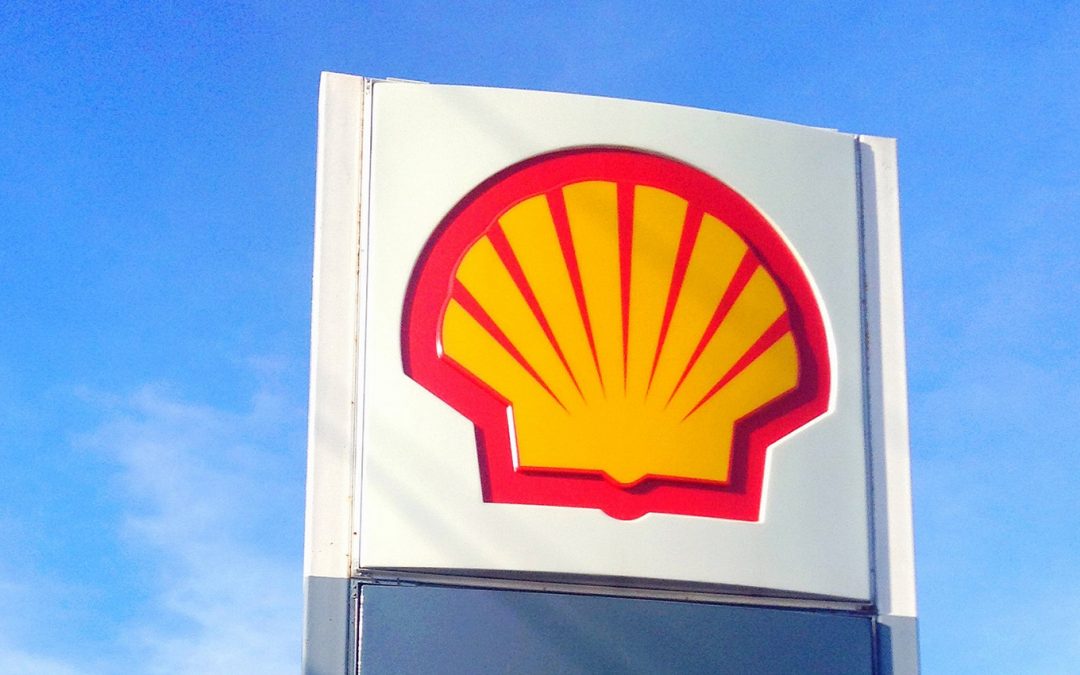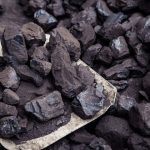Shell today announced a significant milestone for its liquefied natural gas (LNG) marine fuels business with the charter of a new LNG bunkering supply vessel being constructed in Spain that will add further flexibility to customers on key trade routes.
“Shell plans to double its existing LNG bunkering infrastructure on key international trade routes by the mid-2020s and this vessel will play an important role in that journey as we serve more customers across our global network with LNG,” Tahir Faruqui, General Manager, Shell Global Downstream LNG, said. “In 2019 we completed the first LNG ship to ship bunkering in Barcelona and look forward to working with our partners in this project on the delivery of this vessel, demonstrating our ability and commitment to providing safe, reliable supplies to meet the growing need for cleaner-burning fuels.”
Shell has closed the primary gaps that existed in the global LNG bunkering network with the recent arrival of bunker vessels in Singapore (FueLNG Bellina) and the east coast of North America (Q4000), meaning that customers can be served by Shell across the world through six LNG bunker vessels in service.
Shell has completed more than 400 ship to ship LNG bunkering operations across a broad range of segments in seven countries and eight ports, including Rotterdam, Barcelona, Tenerife, La Spezia, Gothenberg and most recently Jacksonville. Shell will be performing its first LNG bunkering operations in Singapore in early 2021 and will begin operating in Port Canaveral soon.
LNG bunkering licences have been granted to Shell in several locations, including most recently in Gibraltar.
The new bunker vessel being constructed in Spain will be operated by Knutsen OAS Shipping AS and will use the Enagás LNG terminal in Barcelona for the loading and supply of LNG. The cargo capacity will be 5,000 cubic metres of LNG.
In January Shell announced that the first offshore liquified natural gas (“LNG”) bunkering articulated tug and barge (“ATB”) in the United States, the Q-LNG 4000 is ready for operations. The ATB is an integral part of the LNG infrastructure along the southeast U.S. coast and performed her first operation with a Siem car Carrier vessel.
Shell has the largest portfolio of LNG bunker vessels today and is aiming to double its LNG bunkering network by the mid-2020s, to around 15 major ports on key international trading routes.
Shell has significantly invested in LNG for its long-term charter fleet. Shell expects to take delivery of 16 dual-fuel LNG carriers, 10 LNG dual-fuel Aframax crude oil tankers, four new LNG dual-fuel oil products tankers and 40 new dual-fuel tanker barges to transport petroleum products on European inland waterways from 2021 onwards.
LNG is affordable, proven, safe and the cleanest fuel currently available to the maritime sector in meaningful volumes now. Vessels using LNG as a fuel are cost competitive over their lifecycle and typically require less maintenance than those running on conventional fuels.
When compared with heavy fuel oil, from extraction to combustion LNG has been found to reduce greenhouse gas emissions by up to 21% for 2-stroke slow speed engines and up to 15% for 4-stroke medium speed engines.
LNG produces virtually zero sulphur oxides (SOx), 90% less particulates (PM), and 85% less nitrogen oxides (NOx) when compared to heavy fuel oil (HFO).
There were 153 LNG vessels on order and 605 on the water as of early February 2021 according to Clarksons data.
Shell is aiming to become a net-zero emissions energy business by 2050 or sooner and believes LNG is the first essential step for decarbonisation of the maritime sector.
Shell believes decarbonisation of hard to abate sectors like Shipping is complex and there is a need to accelerate the journeys to net-zero emissions for the sector.
Source: Hellenic Shipping






